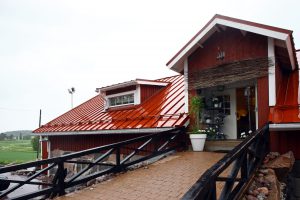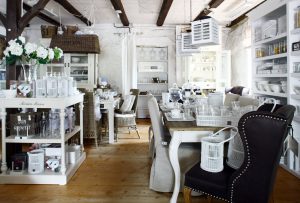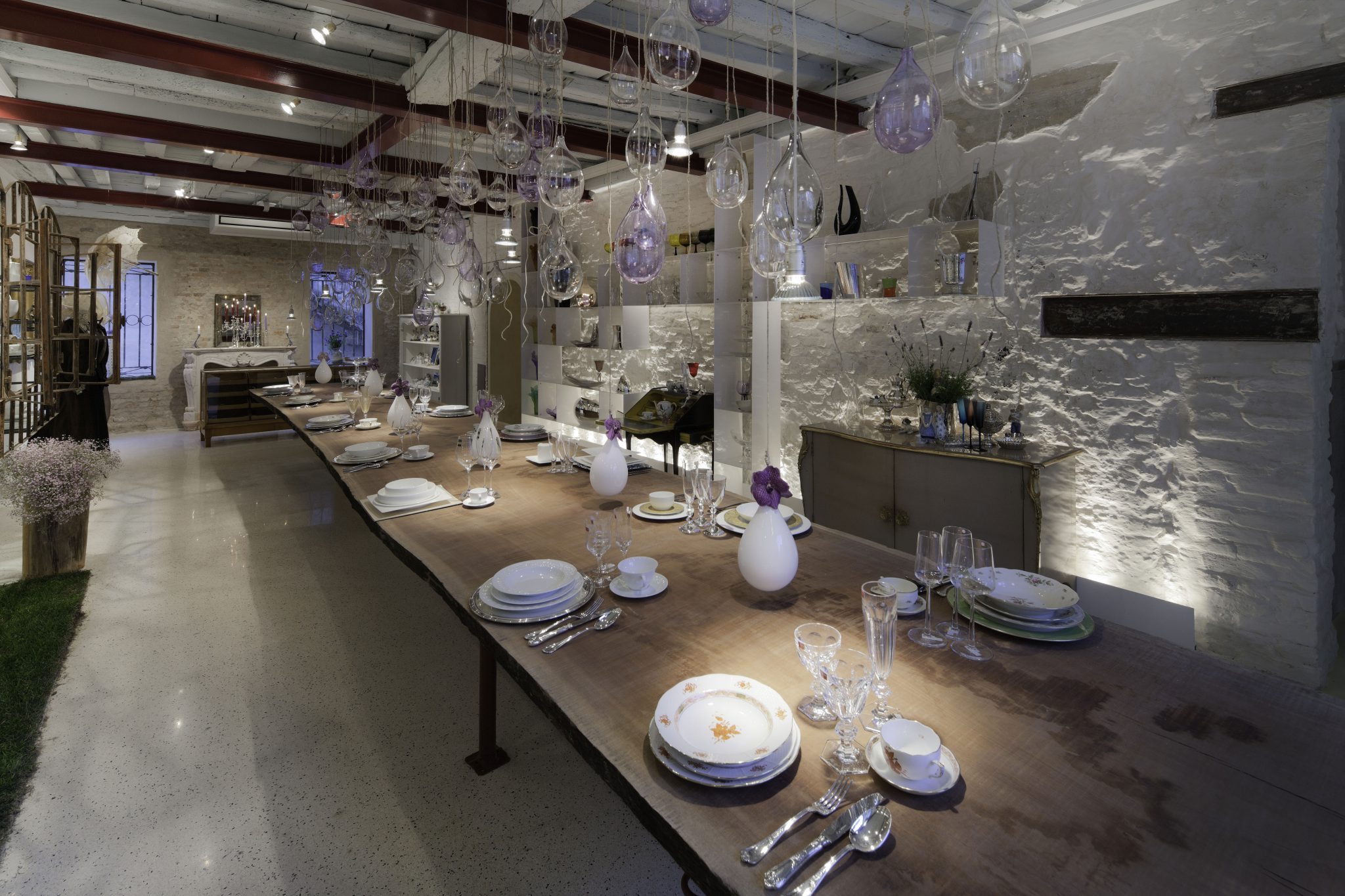 There is hardly a single home or business publication that one picks up today that doesn’t have an article or two about “greening and sustainability”. Those two words are ubiquitous: seen, heard and talked about everywhere. More American U.S. consumers are looking for “green” products and green products sold in green environments. For store designers, the goal is to create and build structures that will co-exist with nature, use fewer new materials while making use of existing or recycled/reused and repurposed materials — green products that are kinder and gentler to the world in which we live.
There is hardly a single home or business publication that one picks up today that doesn’t have an article or two about “greening and sustainability”. Those two words are ubiquitous: seen, heard and talked about everywhere. More American U.S. consumers are looking for “green” products and green products sold in green environments. For store designers, the goal is to create and build structures that will co-exist with nature, use fewer new materials while making use of existing or recycled/reused and repurposed materials — green products that are kinder and gentler to the world in which we live.
Going “green” means different things in different countries. Unfortunately, in some countries, greening and sustainability are almost ignored. In other countries, however, going “green” means energy efficient, rainwater harvesting, solar panels and a greater use of daylight.
 Forward-thinking designers now put their emphasis on reuse and repurpose when it comes to fixtures and decoratives in store design. So many items already exist, and so many pieces of furniture are discarded—tossed out—destroyed—that are still usable and can still function effectively. Often all they need is a new purpose, a new use and a new finish. With the numerous eco-friendly paints, stains and finishes, the previously mentioned old becomes new and reusable and often adds a delightful accent to the surroundings. An old armoire, wardrobe, or chest of drawers given a new coat of acrylic, water-based paint and lined with colorful wallpapers can become a focal feature in a retail space or used as a window displayer.
Forward-thinking designers now put their emphasis on reuse and repurpose when it comes to fixtures and decoratives in store design. So many items already exist, and so many pieces of furniture are discarded—tossed out—destroyed—that are still usable and can still function effectively. Often all they need is a new purpose, a new use and a new finish. With the numerous eco-friendly paints, stains and finishes, the previously mentioned old becomes new and reusable and often adds a delightful accent to the surroundings. An old armoire, wardrobe, or chest of drawers given a new coat of acrylic, water-based paint and lined with colorful wallpapers can become a focal feature in a retail space or used as a window displayer.
Mixing old with new is not a recent concept. It has been around from when the “old” was actually “new.”. However, today it has a new definition — it means “greening.”. It means reusing, recycling and being responsible. It means making new uses of old, worn things and keeping these items that might otherwise be discarded and added to landfills.
All it takes is the desire to reuse what is available and the imagination to make whatever it is seem new and different. Existing items in an existing operation can be refurbished, refinished and refashioned and then reused. A visit to a second-hand shop, a salvage depot or an estate sale can turn up “treasures” for the creative, far-seeing and “green” designer or retailer. He or she will see possibilities and a future life in items unwanted by others.
And “GREEN” goes with any color you may want to promote. Besides, as consumers become more aware of what it means to be “green” for them and their future generations, they will start demanding that retailers carry “green” merchandise showcased in “green” settings.



